
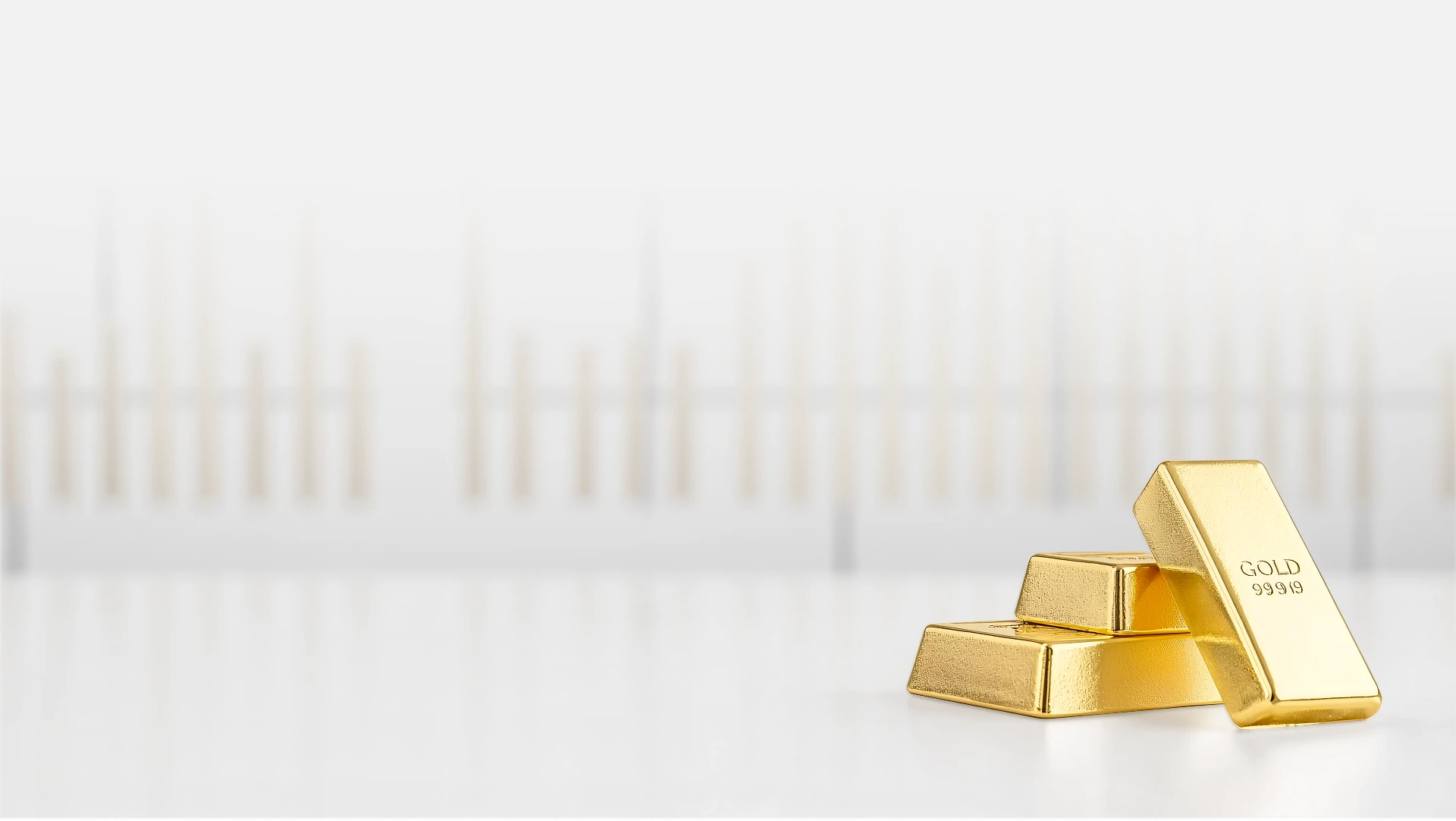
What is Gold Trading & How to Trade Gold
Gold trading has been a cornerstone of global finance for centuries. As a commodity and financial instrument, gold is crucial in investment strategies worldwide. This comprehensive guide delves deep into the intricacies of gold trading, providing valuable insights for beginners and seasoned traders.
Understanding the Gold Market

Historical Significance of Gold
Gold's allure dates back to ancient civilizations, where it was revered for its luster and rarity. Beyond its aesthetic appeal, gold became a symbol of wealth and power, often used in trade and as a standard for monetary systems.
The transition from the gold standard to fiat currencies hasn't diminished its value; gold remains a trusted store of value and a hedge against economic uncertainties.
Key Gold Trading Hubs
The global gold market operates through several pivotal centers:
- London Bullion Market Association (LBMA): As the primary over-the-counter market for gold, the LBMA sets the benchmark prices and standards for gold trading.
- COMEX (Commodity Exchange) in the U.S.: A leading futures and options market, COMEX facilitates standardized gold contracts, allowing traders to hedge or speculate on future price movements.
- Shanghai Gold Exchange (SGE): China's premier gold trading platform, the SGE, reflects the country's significant demand and influence in the global gold market.
Participants in the Gold Market
The gold market comprises diverse participants:
- Central Banks: They hold gold reserves as part of their monetary policy, influencing supply and demand dynamics.
- Institutional Investors: Entities like hedge funds and mutual funds invest in gold to diversify portfolios and hedge against market volatility.
- Retail Traders: Individual investors trade gold for wealth preservation and speculative opportunities.
- Industries: Sectors such as electronics and jewelry manufacturers rely on gold for production, affecting demand.
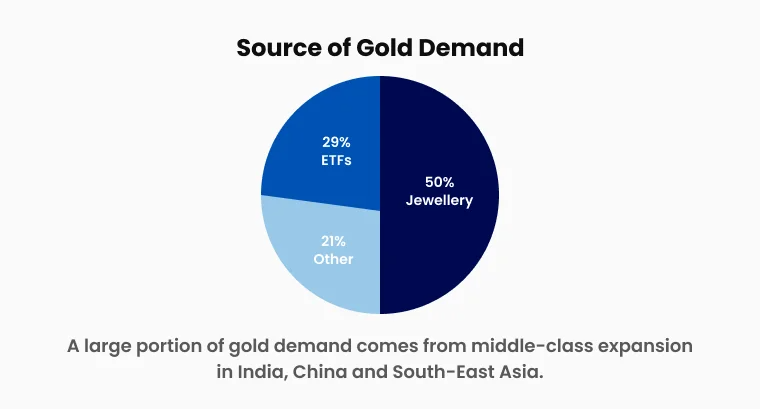
Factors Influencing Gold Prices
Understanding the multifaceted factors that influence gold prices is essential for effective trading.
Macroeconomic Trends
- Inflation and Deflation: Gold is often perceived as a hedge against inflation. When purchasing power declines, investors turn to gold to preserve wealth. Conversely, during deflationary periods, demand for gold may decrease as cash becomes more valuable.
- Employment Figures and GDP Growth: Robust economic indicators can lead to higher interest rates, making yield-bearing assets more attractive than gold, which doesn't offer interest or dividends.
Central Bank Policies
- Interest Rates: Central banks' decisions on interest rates directly impact gold prices. Lower rates reduce the opportunity cost of holding gold, potentially boosting demand.
- Quantitative Easing (QE): Expanding the money supply can weaken currencies, prompting investors to seek refuge in gold.
Geopolitical Tensions
- Wars and Conflicts: Instability often drives safe-haven flows into gold.
- Economic Crises: Recessions or banking stress can diminish confidence in risk assets, lifting demand for gold.

Figure 2: Gold-USD price movement analysis
U.S. Dollar Strength
Gold is typically priced in U.S. dollars. A stronger dollar makes gold more expensive for other currency holders, potentially reducing demand. For more context, see the USD Index guide.
Supply and Demand Dynamics
- Mining Production: Changes in new supply from mining can influence prices if demand is steady.
- Industrial and Jewelry Demand: Applications in jewelry and technology contribute to demand; growth in high-consumption regions can elevate prices.
Methods of Trading Gold
Traders have multiple avenues to gain exposure to gold, each with its characteristics.
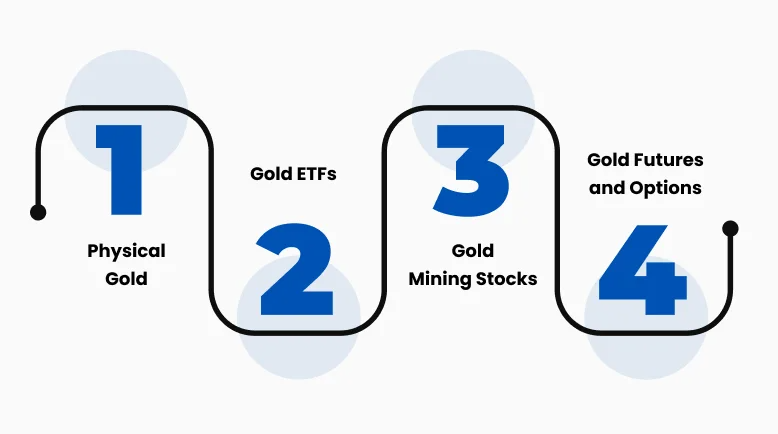
Figure 3: Illustrates gold trading methods.
Physical Gold Trading
- Gold Bars and Coins: Direct ownership requires storage, insurance, and may have liquidity challenges.
- Jewelry Investments: Craftsmanship premiums can reduce resale value for pure investment purposes.
Gold Futures
- Leverage and Margin Trading: Speculate on future price with a fraction of contract value; gains and losses are amplified.
- Standardized Contracts: Traded on exchanges like COMEX with defined sizes and expiries.
Gold Exchange-Traded Funds (ETFs)
- Market Accessibility: Get exposure to gold prices without handling physical bullion.
- Liquidity and Diversification: Exchange-traded with portfolio integration benefits.
Gold Contracts for Difference (CFDs)
- Speculative Trading: CFDs allow traders to speculate on gold price movements without owning the underlying asset, often utilizing leverage.
- Short-Selling Potential: Trade rising and falling markets for flexibility.
Gold Mining Stocks
- Indirect Exposure: Performance hinges on both gold prices and company/market factors.
- Higher Volatility: Company-specific risks can increase swings versus bullion.
Developing a Gold Trading Strategy
Crafting a well-informed strategy is pivotal for success in gold trading.
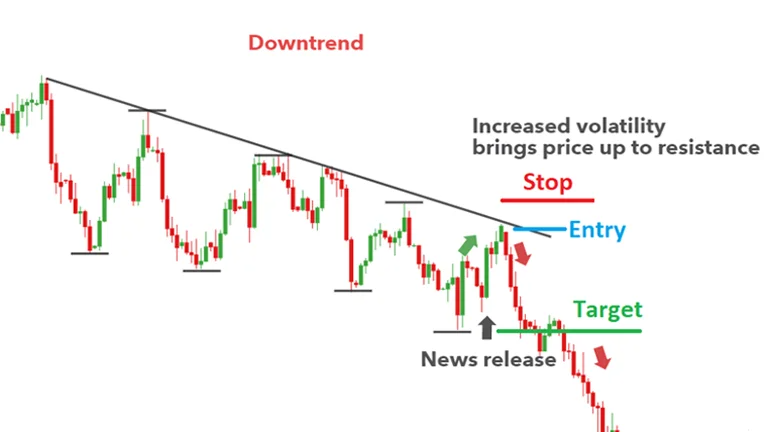
Figure 3: Illustrates basic chart showing gold in forex trading patterns.
Technical Analysis for Price Patterns
- Moving Averages: Identify trend direction and potential reversals.
- Relative Strength Index (RSI): Momentum oscillator showing overbought or oversold conditions.
- Bollinger Bands: Volatility bands for spotting potential breakouts.
Fundamental Analysis for Macroeconomic Insights
- Economic Indicators: Monitor inflation, employment, GDP for context on gold moves.
- Central Bank Announcements: Policy shifts can change gold’s appeal.
- Geopolitical Events: Uncertainty can drive safe-haven demand.

Figure 3: Illustrates a hand holding a gold bar
Risk Management in Gold Trading
Implementing risk management strategies is crucial for preserving capital and ensuring sustainable trading.
- Stop-Loss and Take-Profit Orders: Predefine exits to limit losses and lock profits.
- Position Sizing: Avoid over-leveraging; size trades to your risk tolerance (use a trading calculator).
- Diversification: Combine gold with other assets to reduce portfolio risk.
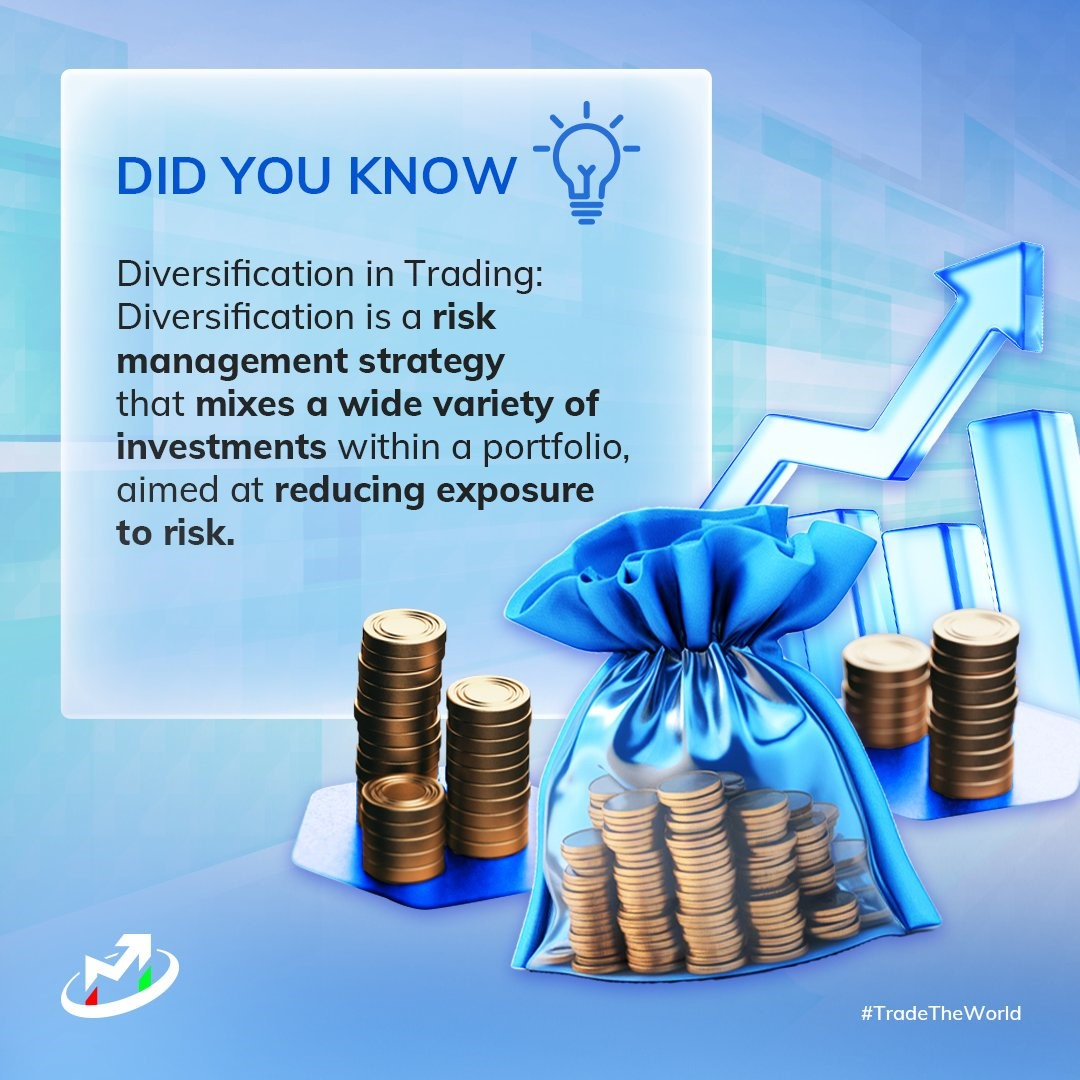
Figure 3: Did You Know about Diversification in Trading? Credit: TMGM Social Media
Advantages and Disadvantages of Gold Trading
Advantages
- Safe-Haven Asset: Gold protects during economic downturns and market volatility.
- Liquidity: One of the most liquid assets.
- Inflation hedge: Historically maintains value vs inflationary pressures.
- Diverse trading options: Physical, ETFs, futures, CFDs, and mining stocks.
Disadvantages
- Price Volatility: Rapid fluctuations due to sentiment and external factors.
- Storage/security costs for physical holdings.
- No Passive Income: Unlike stocks or bonds, bullion doesn’t yield.
- Impact of Interest Rates: Rising rates can reduce gold’s relative appeal.
Practical Steps to Start Trading Gold
1. Choose a Trading Method
Based on your goals, determine whether you prefer physical gold, futures, ETFs, CFDs, or mining stocks.
2. Select a Reliable Broker
Choose a regulated broker with competitive spreads, a user-friendly platform, and strong security.
3. Develop a Trading Plan
Define entries, exits, risk rules, and timeframes.
4. Use Analytical Tools
Leverage technical and fundamental analysis to identify trends and opportunities.
5. Conduct Market Research
Track economic reports, geopolitics, and central-bank policy.
6. Practice with a Demo Account
Before trading with real money, use a demo account to refine your strategies and understand market dynamics.
Risks and Considerations in Gold Trading
Storing gold at home carries risks of theft and damage. Many investors use gold-backed instruments such as ETFs and CFDs to avoid logistics.
- Regulatory and Tax Implications: Vary by country; understand capital gains, VAT, and duties where applicable.
Consult local guidance to avoid unexpected liabilities.
- Liquidity Risks: Physical gold and mining stocks may be less liquid than futures or ETFs.
Physical sales can include premiums/discounts; mining stocks carry company-specific risks.
- Market Manipulation and Speculation: Large order flows or unexpected news can trigger sharp moves.
Use both technical and fundamental context to avoid reacting to noise.
- Inflation and Interest Rate Risks: Rising rates can make yield assets more attractive than gold.
Understand rate-gold dynamics to make informed decisions.
- Counterparty Risks in Paper Gold: ETFs, CFDs, and futures rely on institutions; choose well-regulated, financially sound brokers.
Gold trading offers preservation, diversification, and speculative potential for both short-term traders and long-term investors.
By understanding market dynamics, using analysis tools, and applying risk controls, traders can navigate the complexities of gold trading with discipline.
Trade Gold CFDs with TMGM — Seize Every Market Opportunity
Trade gold CFDs with TMGM with competitive spreads, high leverage, and fast execution on MetaTrader 4 (MT4) and MetaTrader 5 (MT5) . Whether you're hedging, diversifying, or trading momentum, TMGM provides tools and market access.
Trade long or short with flexible contract sizes and a secure, regulated environment. Open an account and start trading gold CFDs with confidence.
Trade Smarter Today




FAQ About Gold Trading
What is gold trading?
Is gold a good investment?
How do geopolitical events impact gold prices?
What are the main risks of gold trading?
How can beginners start trading gold?

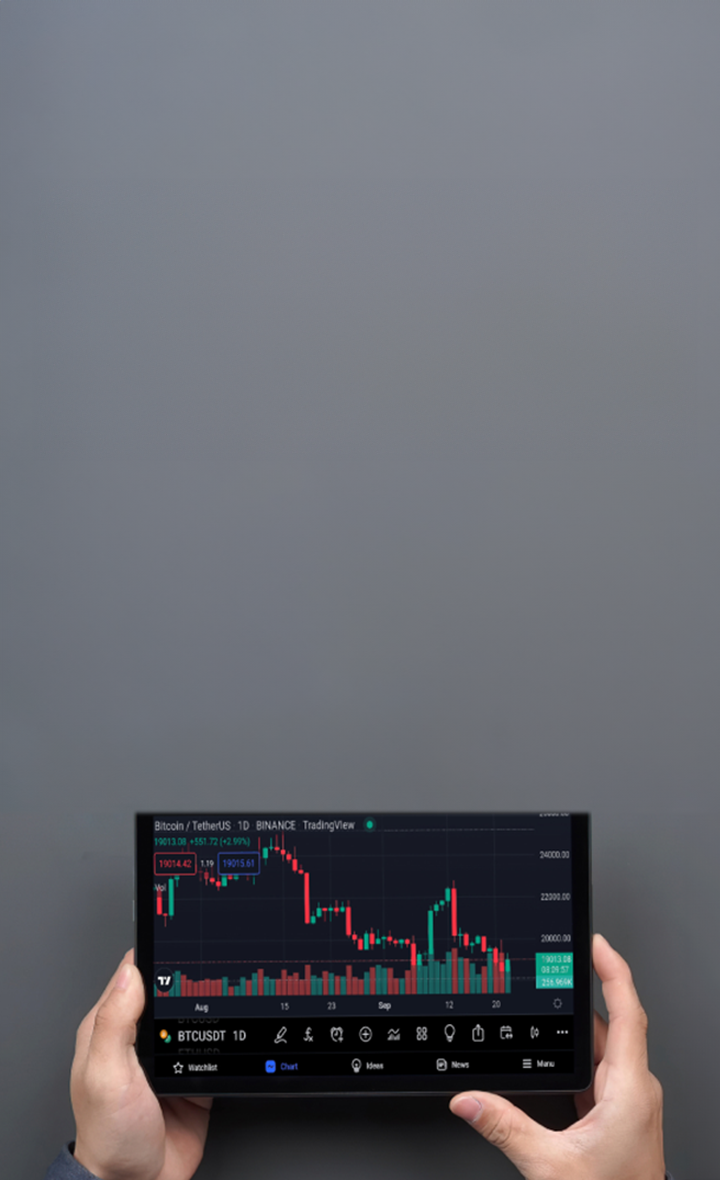
Account
Account
Instantly




